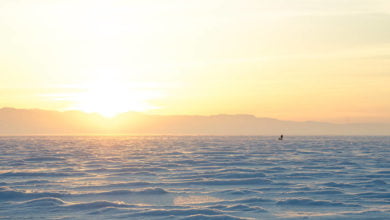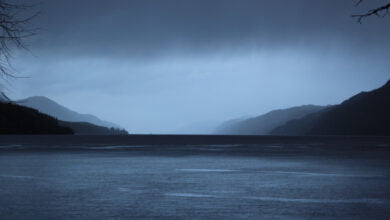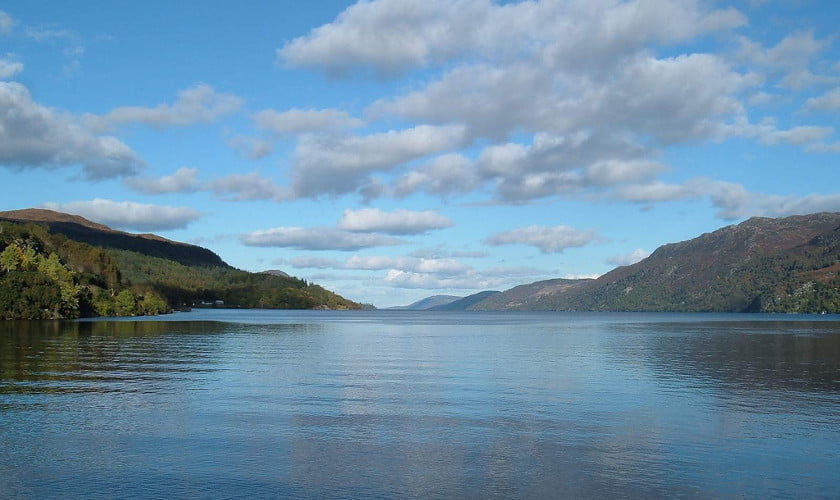
By surface area, the famous Loch Ness is only the second largest loch in Scotland, and yet it contains more water than all the lakes in England and Wales put together. According to Wikipedia, it’s deepest point is 755 feet (230 m), and floating peat causes the water to become dark and cloudy. Could there be something in those depths? Something hidden and ancient?
Is the Loch Ness Monster real?
If we are to believe the majority of investigations and searches for this cryptid, then the answer is no. But I wouldn’t own a blog called Stranger Dimensions if I just said “No” and moved on. So, for now, what do you say we briefly look at some of the alleged photographic evidence?
Nessie Poses for Pictures
We’ll make this quick. You’re no doubt familiar with the “Surgeon’s Photograph” from 1934, arguably the most famous alleged picture of the Loch Ness Monster:
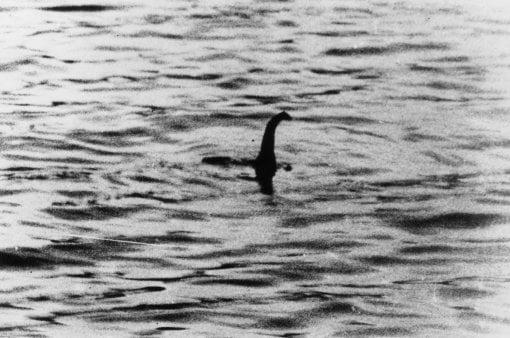
This photo was (according to the original story) taken by a British surgeon named Robert Wilson, and The Daily Mail (of course) published it on April 21, 1934. Wilson had been looking out over the lake when he saw the creature appear, and quickly grabbed his camera. He took five shots, only two of which were any good.
When he gave them to The Daily Mail, he requested to remain anonymous, hence the vague title “Surgeon’s Photograph.” However, the photograph would ultimately be deemed fake for a variety of reasons.
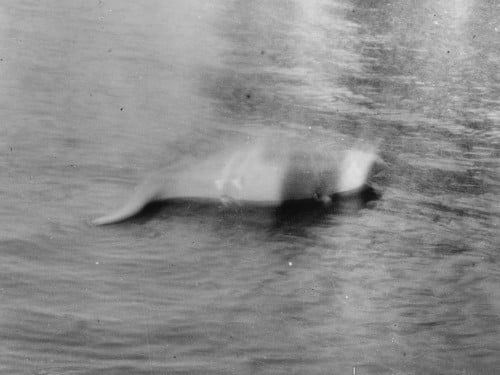
A lesser known photograph, despite actually being the first, was taken a year earlier in 1933 by Hugh Gray. As the story originally appeared in The Daily Record, Hugh Gray had been out walking when he noticed the strange object rising from the water.
Many believe it’s actually a blurred photograph of a dog swimming in the loch carrying a stick in its mouth. However, one Loch Ness mystery blog has an interesting analysis of this picture, from the point of view that it’s real.
It also raises the problem of multiple retouched versions of the same picture circulating throughout the Internet.
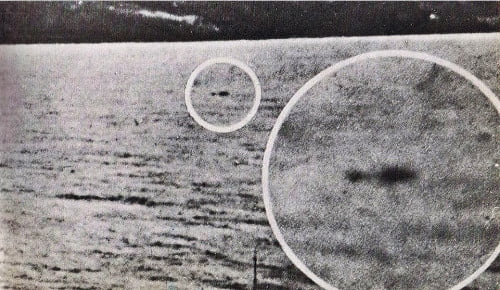
In 1938, G.E. Taylor allegedly captured three full minutes of a creature in Loch Ness on 16 mm color film, but only a single frame of it (above) has ever been published.
The film was given to Maurice Burton, who published the singular frame in his book “The Elusive Monster” in 1961.
Another film, taken on April 23, 1960 by Tim Dinsdale, did reach the public.
This one shows a strange moving hump in the water, leaving a wake behind. Initially, Dinsdale saw the creature “rolling and diving in the loch,” but by the time he got his camera, it was swimming away.
While he described the creature as red in color, skeptics believe it could very well just be a boat, and the quality of the film makes it difficult to discern.
On May 28, 2007, BBC Scotland shared a video taken by amateur scientist Gordon Holmes, which shows a dark object moving below the water’s surface.
The above video contains the full report. Possible explanations include an otter, a seal, or a couple of beavers swimming in the loch.
A sonar image taken by boat skipper Marcus Atkinson on August 24, 2011 shows an unidentified object that Atkinson claims followed his boat at a depth of 75 ft (23 m).
The National Oceanography Center would later conclude that the object was in fact an algae bloom and zooplankton (as they said, “This is a monster made of millions of tiny animals and plants and represents the bulk of life in the Loch.”), but Atkinson and other cryptozoologists claim this is unlikely.
And finally, another “hump” or “wave” was captured on film by David Elder in 2013. He’d been photographing a swan near Fort Augustus when he noticed the strange dark wave on the loch.
Convinced? None of these images or videos are conclusive, and this isn’t even all of them (I may add more in the future). Several have been proven outright hoaxes, while others may have perfectly ordinary explanations.
I can’t personally say I believe in the Loch Ness Monster, myself, but the stories…well, they’re certainly intriguing. What do you think?




